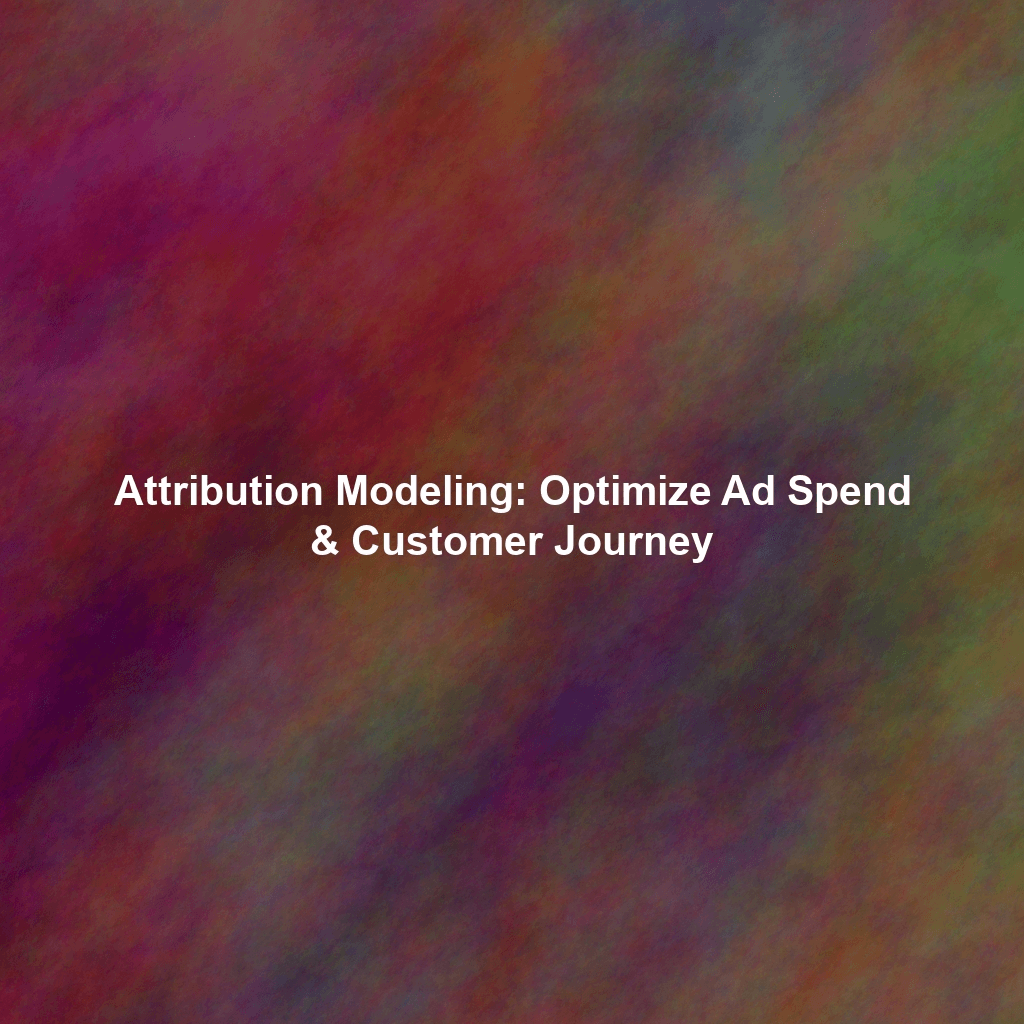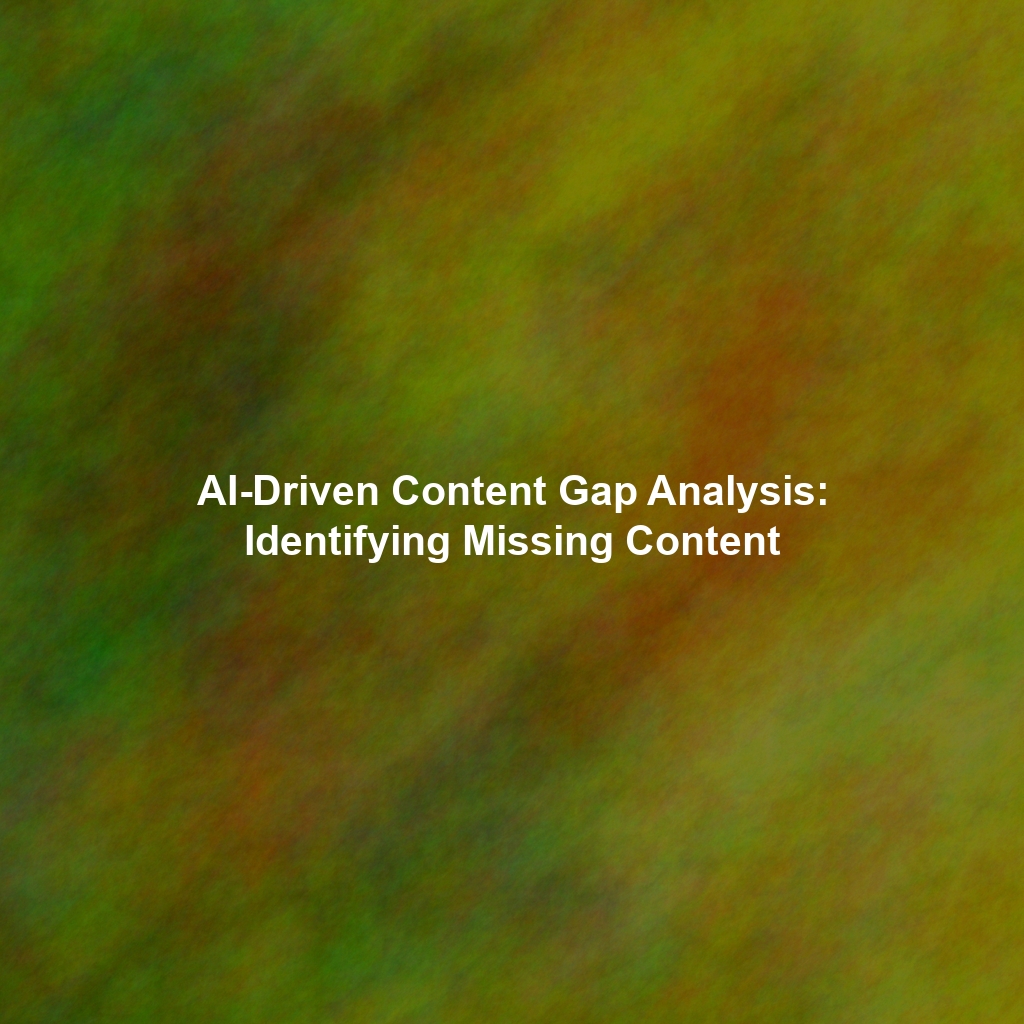What is Attribution Modeling?
Attribution modeling is the process of assigning credit to different touchpoints in a customer’s journey for contributing to a desired outcome, typically a conversion (e.g., a purchase, sign-up, or lead generation). It goes beyond simply looking at the last ad a customer clicked before converting. Instead, it aims to provide a more holistic view of the customer journey, allowing marketers to understand which interactions were most influential.
Think of it like a team winning a game. While the player who scores the final goal gets the immediate spotlight, the assists, defensive plays, and strategic coaching all played vital roles in the victory. Attribution modeling helps identify those “assists” in your marketing efforts.
Common Attribution Models Explained
Several attribution models exist, each with its own way of distributing credit. Understanding these models is essential for making informed decisions about which one best suits your business needs.
First-Touch Attribution
This model gives 100% of the credit to the first touchpoint in the customer journey. If a customer first sees your ad on Facebook, then clicks a Google Ads link, and finally converts after clicking an email link, Facebook receives all the credit.
Pros: Easy to understand and implement. Useful for identifying channels that are effective at driving initial awareness.
Cons: Ignores all subsequent touchpoints, potentially undervaluing crucial interactions later in the funnel. It’s often inaccurate and can lead to misallocation of budget.
Last-Touch Attribution
Conversely, the last-touch attribution model assigns 100% of the credit to the final touchpoint before the conversion. Using the same example, the email campaign would receive all the credit.
Pros: Simple to implement and understand. Can be helpful for identifying high-converting channels closer to the point of purchase.
Cons: Overemphasizes the last interaction and ignores the influence of all previous touchpoints, potentially leading to skewed results and ineffective optimization.
Linear Attribution
The linear attribution model distributes credit equally across all touchpoints in the customer journey. In our example, Facebook, Google Ads, and the email campaign would each receive 33.33% of the credit.
Pros: Provides a more balanced view by acknowledging all interactions. Relatively easy to understand and implement.
Cons: Doesn’t account for the relative importance of different touchpoints. It assumes all interactions are equally impactful, which is rarely the case.
Time-Decay Attribution
This model assigns more credit to touchpoints that occur closer to the conversion, with the credit decreasing over time. The logic is that more recent interactions have a greater influence on the final decision.
Pros: Recognizes the increasing importance of interactions closer to conversion. Provides a more nuanced view than first-touch or last-touch.
Cons: The specific decay rate (e.g., 7-day, 30-day) is subjective and requires careful consideration. Still doesn’t perfectly reflect the true impact of each touchpoint.
Position-Based (U-Shaped) Attribution
This model typically assigns the majority of the credit (e.g., 40% each) to the first and last touchpoints, with the remaining credit distributed among the other touchpoints. It acknowledges the importance of both initial awareness and the final conversion trigger.
Pros: Recognizes the importance of both initial awareness and the final conversion trigger. Often a good starting point for businesses looking for a more balanced model than first-touch or last-touch.
Cons: Requires defining specific percentage allocations. The remaining touchpoints are still treated somewhat equally, regardless of their actual impact.
Data-Driven Attribution
Data-driven attribution leverages machine learning algorithms to analyze all available data and determine the actual contribution of each touchpoint in the customer journey. It’s the most sophisticated model, providing the most accurate and granular insights.
Pros: Most accurate and unbiased model, as it’s based on actual data rather than pre-defined rules. Provides actionable insights for optimizing campaigns and allocating budget effectively. Can uncover unexpected connections between touchpoints.
Cons: Requires a significant amount of data to function accurately. Can be complex to implement and understand. Often relies on platform-specific tools (e.g., Google Ads data-driven attribution).
Choosing the Right Attribution Model for Your Business
Selecting the appropriate attribution model depends on several factors, including:
- Business Goals: What are you trying to achieve with your advertising campaigns? Are you focused on brand awareness, lead generation, or direct sales?
- Customer Journey Complexity: How many touchpoints are involved in the typical customer journey? A simpler journey might be adequately tracked with a simpler model.
- Data Availability: Do you have enough data to support a data-driven attribution model? If not, a simpler model might be more appropriate.
- Platform Capabilities: What attribution modeling options are available within your advertising platforms (e.g., Google Ads, Facebook Ads)?
- Reporting Needs: What level of detail do you need in your attribution reports?
Recommendations:
- Small Businesses: Start with a linear or position-based model as a stepping stone to more complex models. Focus on understanding the basic customer journey.
- Medium-Sized Businesses: Consider a time-decay or position-based model to account for the varying influence of different touchpoints. Begin exploring data-driven attribution if data volume allows.
- Large Enterprises: Data-driven attribution is highly recommended to leverage the wealth of data and gain the most accurate insights for optimizing campaigns.
Leveraging Attribution Data for Optimization
Once you’ve chosen an attribution model, the real power comes from leveraging the data to optimize your ad spend. Here’s how:
Identifying Top-Performing Channels
Attribution data reveals which channels are most effective at driving conversions. This allows you to allocate more budget to those channels and scale your successful campaigns.
Optimizing Touchpoint Sequences
Understanding the typical path customers take before converting helps you optimize the sequence of touchpoints. For example, you might discover that users who see a display ad followed by a retargeting ad are more likely to convert.
Improving Ad Creative and Messaging
Attribution data can highlight which ad creatives and messaging resonate most with your target audience at different stages of the customer journey. This allows you to tailor your ads for maximum impact.
Refining Targeting Strategies
By analyzing the demographics and interests of users who convert after interacting with specific touchpoints, you can refine your targeting strategies to reach a more qualified audience.
Conclusion
Attribution modeling is an essential component of any successful paid advertising strategy. By understanding the different attribution models and choosing the right one for your business, you can gain valuable insights into the customer journey, optimize your ad spend, and ultimately drive more conversions. Don’t be afraid to experiment with different models and continuously refine your approach based on the data. The journey to accurate attribution is an ongoing process, but the rewards of a data-driven, customer-centric approach are well worth the effort.
 Skip to content
Skip to content

